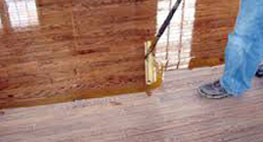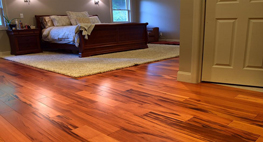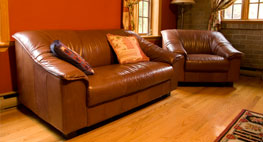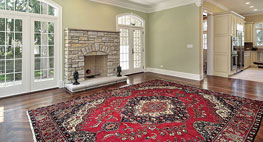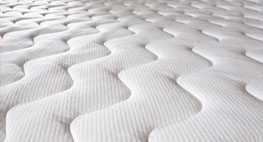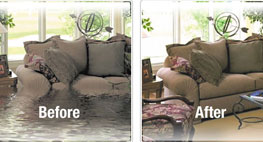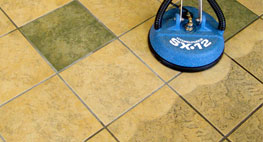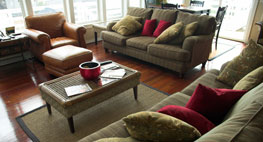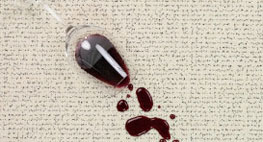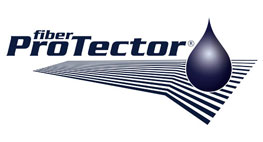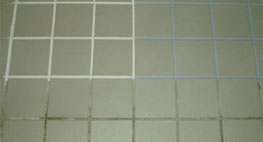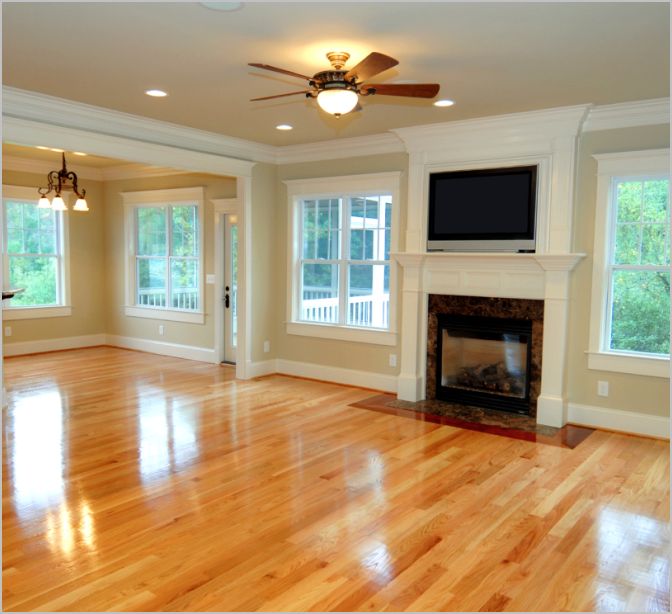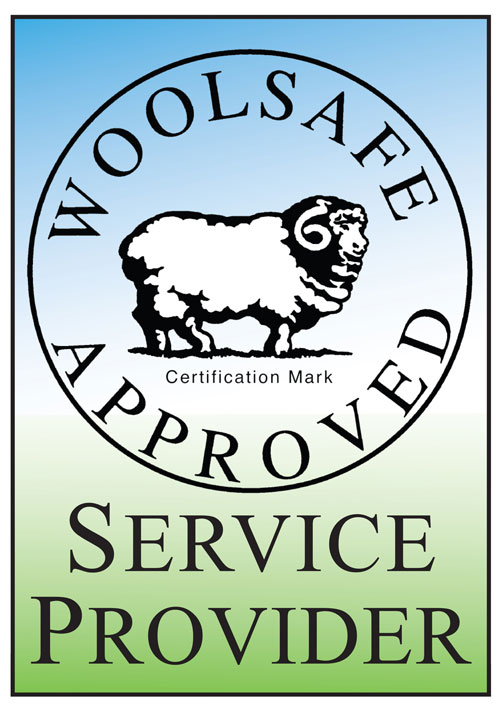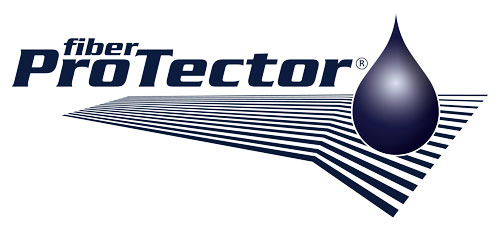- Uncategorized
- 05.06.2020
Covid-19
| We wanted to send an informative email out to all of our valued clients to help them understand how we can help if you need assistance cleaning your house or facility. First, I personally believe if you don’t rent your home or own a facility – you do not need a professional company to come in a perform this service, unless you have a high-risk occupant. Second, just to be very clear – currently, there is NO product out on the market that can 100% guarantee it will kill the Coronavirus (Covid-19). Why do I say this…Covid-19 is NEW, so these products haven’t tested this strain. On these products the label is the LAW and if you don’t see Coronavirus Covid-19 listed, its not guaranteed to kill it. We have a product which the manufactures say they are 97% sure this All Natural Proprietary blend of products will achieve outstanding results in neutralizing the virus if applied correctly. Third, if you own a rental house that hasn’t been occupied – you don’t need this service, but you might want to think about having it done before you come down after this season. Forth, 98% of the products companies are using in homes are being applied with the “Fogging Method”. I agree, this is the best method to use if you are a high-risk home or facility. When these product are being applied using this method, they should be using full PPE (proper protection equipment) to protect themselves from the potential health issues from inhaling or ingesting tiny droplets, which can then kill necessary bacteria in your gut and create digestive problems. Basically, unless you can make sure no one will enter your home for about 2 hours after this service is complete and during the 1-2 hours it takes to properly perform this service, I Don’t think it is possible here on the Outer Banks during turnover. Now, you can have Albemarle take care of this service for you and, like I said, we use a Botanical All Natural Proprietary Blended product that is safe for our staff, you, and your guests. If you find yourself in need of this service – here is some information to educate yourself and explain some terminology you may hear. Professionally sanitizing can reach all corners of the home or facility. By applying disinfectant using a combination of techniques—including fogging, surface wiping, and spraying—areas of the building are addressed that would otherwise be missed by ordinary cleaning. A brief overview of these methods: Fogging—Technique that uses a fine spray to deliver disinfectant so that it reaches all interior spaces. Can be done in interior spaces as well as in air duct systems. Surface wiping—Wiping down all surfaces with industrial-grade disinfectant. The solution is applied wet, allowed to dwell, then wiped for maximum effectiveness. Spraying—Applying a “wet” spray to completely coat a surface in sanitizing solution. After the solution is applied, it is allowed to dry to ensure effectiveness. You’ve probably seen footage of this on the news, as cities have been wet-spraying public spaces. Via these techniques, every nook and cranny of the facility—from high-touch surfaces to the interior of the air duct system—can be sanitized. Professional cleaning utilizes a different quality of sanitizing product. Off-the-shelf products can be effective at addressing coronavirus, but they will not have the efficacy of a higher-strength disinfectant. A couple of notes about disinfecting products: The EPA maintains a list of products for use against COVID-19—found here —that includes both professional-strength and off-the-shelf products. We are using only the products found on this list and would recommend all others do the same. You hear products being promoted as “hospital grade” or “industrial grade.” These are purely marketing terms and don’t represent anything about the quality of the product. That said, there is a distinction between professional-strength cleaning products such as the ones that Albemarle uses and off-the-shelf products you would buy at the store. By using a company like Albemarle that employs professional-strength cleaning products included on the EPA list to fight corona virus, you are receiving the highest-quality sanitation and maximizing your likelihood of eliminating any virus. By not using your employees or staff to clean and disinfect the premises, you are keeping them safe and out of harm’s way. Professional crews such as ours are trained to wear the proper personal protective equipment (PPE), if need be, and clean in such a way as to minimize risk to themselves. If you are using your own staff to wipe down and clean areas, they may not know how to properly protect themselves or how to properly wipe off areas. If they use the Spray & Wipe method, how are they using the towel or rag? In addition, companies such as Albemarle can schedule after-hours work to avoid contact with your occupants and eliminate any person-to-person interaction. This is much safer than having staff clean during regular business hours. (If it is not possible to schedule after-hours work—as in the case of facilities that are open 24 hours a day—companies like ours can work with you to identify a solution.) For each of the reasons above, we believe that every essential business should be regularly conducting professional cleaning, sanitizing, and disinfecting.When the time comes to have sanitizing work done, we have several recommendations. And of course, whenever you decide to clean, sanitize, and disinfect, Albemarle is here for you and happy to help. |
| Questions we get asked daily: Where can I find which products to use on my house? //www.epa.gov/pesticide-registration/list-n-disinfectants-use-against-sars-cov-2 Should I deep clean my home? The CDC has recommended cleaning all high touch surfaces. Albemarle has an enhanced service offering where we can apply disinfectant to reduce exposure to bacteria and viruses. //www.cdc.gov/coronavirus/2019-ncov/community/home/cleaning-disinfection.html How often should I have my business and beach home treated? Sanitizing and disinfecting now and on an ongoing basis will help keep your residents / employees safe and ease safety concerns that they may have. Even observing social distancing, we know from the CDC that the Coronavirus can last for days on surfaces. In addition, we know that many employees have indicated that they’re not comfortable reporting to work given the risk to become ill. Therefore, regularly disinfecting and sanitizing can go a long way to prevent the spread of the virus and keeping individuals healthy and working. If you choose clean, sanitize, and disinfect your facility that is still open and operating, we make the following recommendations: Schedule the cleaning for a time when your residents / employees will not be present. This is for the safety of everyone and to ensure the building has had disinfectant applied when the work is complete. If this is not possible (as in the case of facilities that are open 24 hours a day), we can work with you to identify a solution. Set up recurring cleaning and disinfectant. A sanitized facility will become re-infected as soon a sick individual enters the premises. Therefore, disinfecting on an ongoing basis is recommended to provide the best health and safety outcomes. Let your residents / employees know what steps you are taking. If you follow our advice above, residents will not see or interact with our cleaning crews, so you must let them know the measures being taken to protect them. This can help put minds at ease and keep people engaged in essential activities. What is the difference between Cleaning, Sanitizing and Disinfecting? Cleaning does not kill bacteria, viruses, or fungi more commonly referred to as “germs”. Instead cleaning is done to remove “germs” usually by combining water, a cleaning product, and scrubbing. Though cleaning does not kill ‘germs’ it is still a vital step in the deep cleaning process as removal of dirt and debris can make way for products and methods that do kill ‘germs’ to be more efficacious. Sanitizing & Disinfecting methods on the other hand refer to products that work by killing germs. These processes do not necessarily clean dirty surfaces or remove germs, but by killing germs on a surface after cleaning, it can further lower the risk of spreading infection. Sanitizers reduce bacteria on a surface by at least 99.9%. Conversely, disinfectants kill a wider range of microorganisms including bacteria, viruses, fungi, and mold. These methods work great on all surfaces like natural stone including marble, granite, and limestone; upholstery, fabrics, and drapes; and carpets and area rugs on hard non-porous surfaces like stainless steel and the components of your HVAC system. What does the CDC say about Carpet Cleaning? The CDC specifically recommends the following process for cleaning carpets. For soft (porous) surfaces such as carpeted floor, rugs, and drapes, remove visible contamination if present and treat with appropriate cleaners indicated for use on these surfaces. After cleaning – use products with the EPA-approved emerging viral pathogen claims that are suitable for porous surfaces. What steps are you taking to keep your clients safe?We have implemented a zero contact service appointments.Technicians are following the CDC guidelines for hand washing, using hand sanitizer and following all recommended hygiene practices. With regard to social distancing, our technicians are maintaining a distance of 6 feet from our customers, and you do not need to be in the same room while they are deep cleaning, sanitizing and disinfecting.We are frequently cleaning and disinfecting all our equipment with professional-grade, EPA-approved disinfectant. Our technicians are wearing the CDC recommended protective gear including which currently includes gloves and booties (shoe covers) when entering homes and businesses. We are specifically avoiding using personal protective equipment (PPE) that is needed by medical professionals. How long will the area stay disinfected? Any areas we treat will be thoroughly disinfected when we leave. Once a sick individual enters the space, it is no longer sanitized, no matter how long has taken place. While we have seen claims out in the world of disinfecting lasting for so many days after taking place, we have not seen anyone providing proof to substantiate such claims. We advise to be wary of any companies or products that make such claims. We would also advise that you ensure that any company you use to disinfect your home or facility is using products found on the EPA list of Disinfectants to Use Against Coronavirus, found here. Albemarle is only using industrial strength disinfectants recognized by the EPA to fight Coronavirus. That list is found here. |
| Please don’t hesitate to contact us with any questions or concerns. |




